What’s in the Box
- Desi Chilli Seeds
- Sowing instructions printed on backside of Seed Packet
- Recyclable Pouch
Introduction
Chillies (Capsicum spp.) are among the most popular spice crops grown worldwide for their culinary, medicinal, and ornamental value. Whether you are cultivating them for personal consumption, sale, or ornamental gardening, understanding the process of growing chilli plants from seeds is crucial to a successful harvest. This guide provides an in-depth walkthrough on how to germinate chilli seeds, prepare the right soil, use fertilizers effectively, maintain appropriate watering schedules, and manage pest threats.
Guide to the Germination Process, Soil & Fertilizer, Watering & Pest Control Requirements for Desi Chilli Seeds
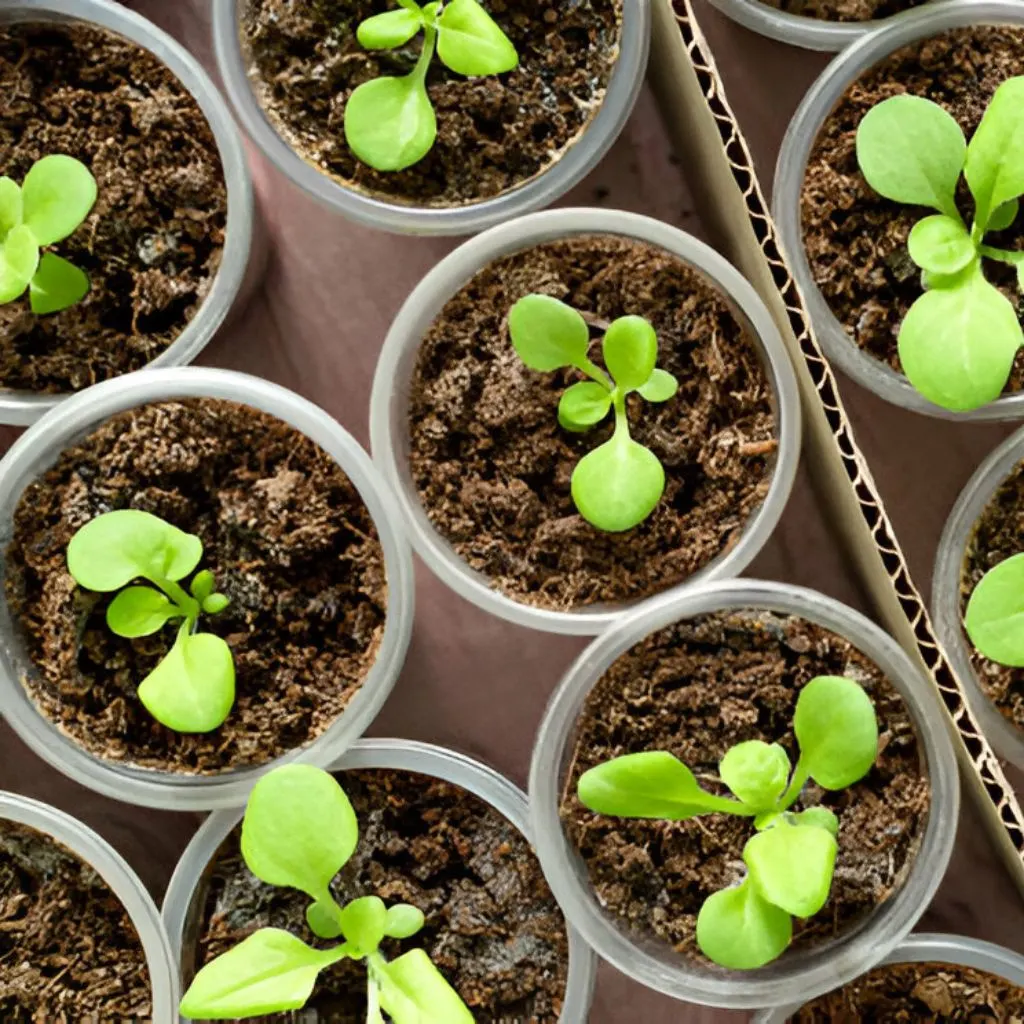
Seeds Germination Process
Seed Preparation: Sponge gourd seeds have a hard outer coating, which canSeed Preparation
- Soaking: To boost germination rates, soak the chilli seeds in warm water (not hot) for 8-12 hours. This softens the seed coat and activates internal enzymes.
- Pre-treatment: Optionally, use a mild hydrogen peroxide or seaweed solution soak to disinfect and stimulate the seeds further.
Planting Medium: A lightweight, well-draining seed-starting mix is ideal. Avoid garden soil for starting seeds as it may harbor pests or fungi. The medium should contain:
- Peat moss or cocopeat (for water retention)
- Perlite or vermiculite (for drainage and aeration)
- Compost or worm castings (for light nutrition)
Planting
- Sow the seeds about 0.5 cm (1/4 inch) deep.
- Cover lightly with the growing medium.
- Gently firm the soil and mist with water.
Containers: Use seed trays, small pots, or biodegradable peat pots. Each should have adequate drainage holes to prevent waterlogging. Using a propagation tray with a humidity dome is beneficial to maintain moisture levels.
Watering
- Keep the soil consistently moist but not soggy.
- Mist with water using a spray bottle to avoid displacing seeds.
- Covering trays with plastic wrap or a humidity dome helps retain moisture and warmth.
Temperature: Chilli seeds require a warm environment for successful germination:
- Ideal range: 25°C to 30°C (77°F to 86°F)
- Use a seedling heat mat if room temperature is low.
- Avoid exposure to cold drafts or sudden temperature fluctuations.
Light
- Chilli seeds do not require light to germinate, but once sprouted, seedlings need 12–16 hours of light daily.
- Place trays under fluorescent grow lights or near a sunny window.
- Ensure lights are kept close (2–3 inches above seedlings) but not hot enough to scorch them.
Germination Time: Under optimal conditions, germination occurs within: Up to 21 days for slower or specialty varieties. 7–10 days for fast-germinating varieties
Soil & Fertilizer Requirement
Soil Type: Chilli plants thrive in:
- Well-drained, loamy or sandy-loam soil
- pH range of 6.0 to 7.0 (slightly acidic to neutral)
- Rich in organic matter
Avoid heavy clay soils unless amended properly, as they retain too much water and can cause root rot.
Soil Preparation
- Tilling: Loosen soil to a depth of 12-18 inches.
- Composting: Add 25–30% organic compost or aged manure to improve fertility and structure.
- Drainage: Incorporate sand or perlite if the soil is too compact or water-retentive.
- Solarization: For outdoor beds, consider solarizing the soil (covering with plastic to heat-kill pathogens and weed seeds) before planting.
Fertilization
At planting time:
- Mix a balanced fertilizer (e.g., 10-10-10 NPK) or compost into the soil.
- Avoid excess nitrogen early on, which can lead to lush foliage but poor fruiting.
During growth: Liquid seaweed or fish emulsion can be used as organic foliar sprays for a nutrient boost.oved health.
Switch to a low-nitrogen, high-potassium and phosphorus fertilizer (e.g., 5-10-10) once plants flower.
Apply fertilizer every 2–3 weeks, or use slow-release formulations.


Watering Requirement
Regular WateringRegular Watering: Chilli plants need consistent moisture, especially during the flowering and fruiting stages. Uneven watering can cause:
- Blossom drop
- Fruit splitting
- Bitter-tasting chillies
Water early in the day to reduce evaporation and allow leaves to dry before nightfall.
Drought Tolerance: While mature chilli plants can tolerate mild drought, prolonged dryness leads to:
- Stunted growth
- Flower and fruit drop
- Lower yield
Always monitor soil moisture, especially during hot weather.
Deep Watering: Encourage deeper root development by watering thoroughly:
- Water when the top inch of soil feels dry
- Soak soil to a depth of 4–6 inches
Drip irrigation or soaker hoses are excellent options for delivering water efficiently.
Avoid Overwatering: Too much water is as harmful as too little:
- Leads to root rot and fungal infections
- Can leach nutrients from the soil
Ensure containers and garden beds drain well and avoid waterlogging.
Climate Dependent: Adjust watering frequency based on:
- Temperature (more in hot weather)
- Humidity (less in high humidity)
- Rainfall (reduce or stop irrigation temporarily)
In dry regions, mulching around the base helps retain soil moisture.
Pest Control Requirement
List of Pests: Common pests that affect chilli plants include:
- Aphids – Small sap-sucking insects that cluster under leaves
- Whiteflies – Tiny white insects that fly up when disturbed
- Spider Mites – Microscopic pests causing webbing and yellowing
- Thrips – Tiny insects causing silvery streaks on leaves
- Cutworms – Caterpillars that sever young plants at the base
- Flea Beetles – Small jumping beetles that make holes in leaves
- Root-knot Nematodes – Microscopic worms that damage roots
- Fruit Borers – Larvae that tunnel into chillies
Solutions
Preventive Measures:
- Use certified disease-free seeds.
- Practice crop rotation and avoid planting chillies in the same soil year after year.
- Maintain garden hygiene – remove weeds and fallen plant debris.
Natural Remedies:
- Neem Oil Spray: Effective against aphids, mites, and whiteflies. Use 1–2 teaspoons per liter of water with a few drops of soap.
- Garlic-Chili Spray: Acts as a repellent. Blend garlic, chilli, and water, then strain and spray.
- Companion Planting: Basil, marigold, or mint can deter some pests naturally.
Biological Control:
- Introduce beneficial insects like ladybugs, lacewings, and parasitic wasps.
- Use Bacillus thuringiensis (Bt) for caterpillar and borer control.
Chemical Solutions (use as last resort):
- Insecticidal soaps or horticultural oils
- Systemic pesticides (use only as directed and avoid during flowering to protect pollinators)
Regular inspection of plants (underside of leaves, stems, and fruit) is essential to identify infestations early and treat them before they spread.


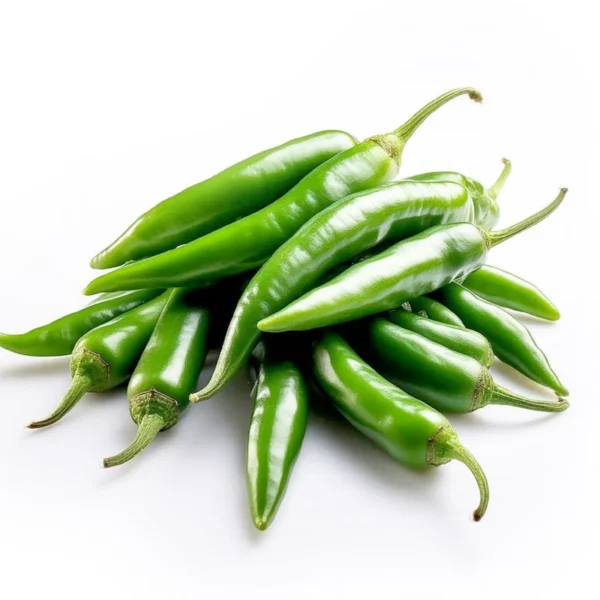
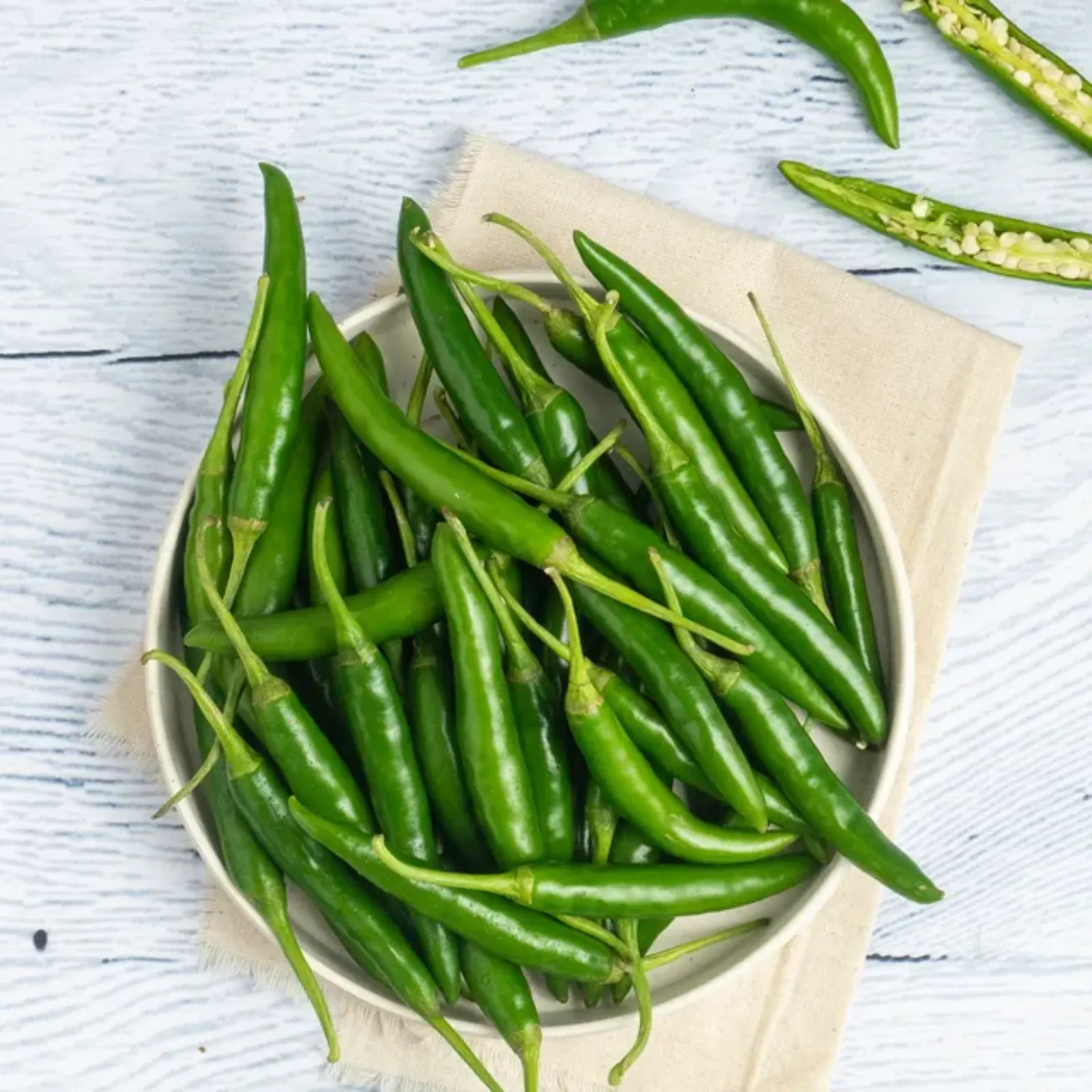
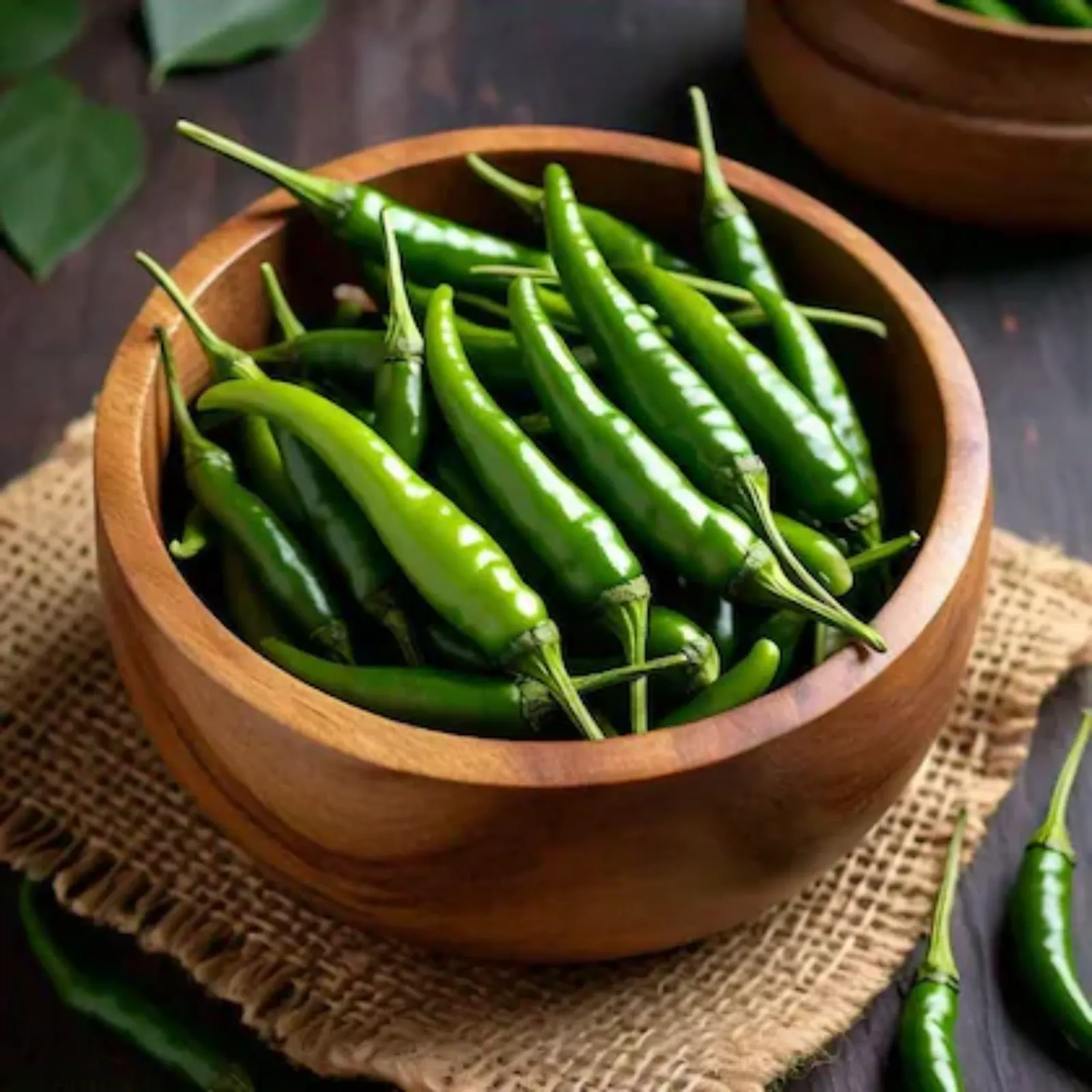
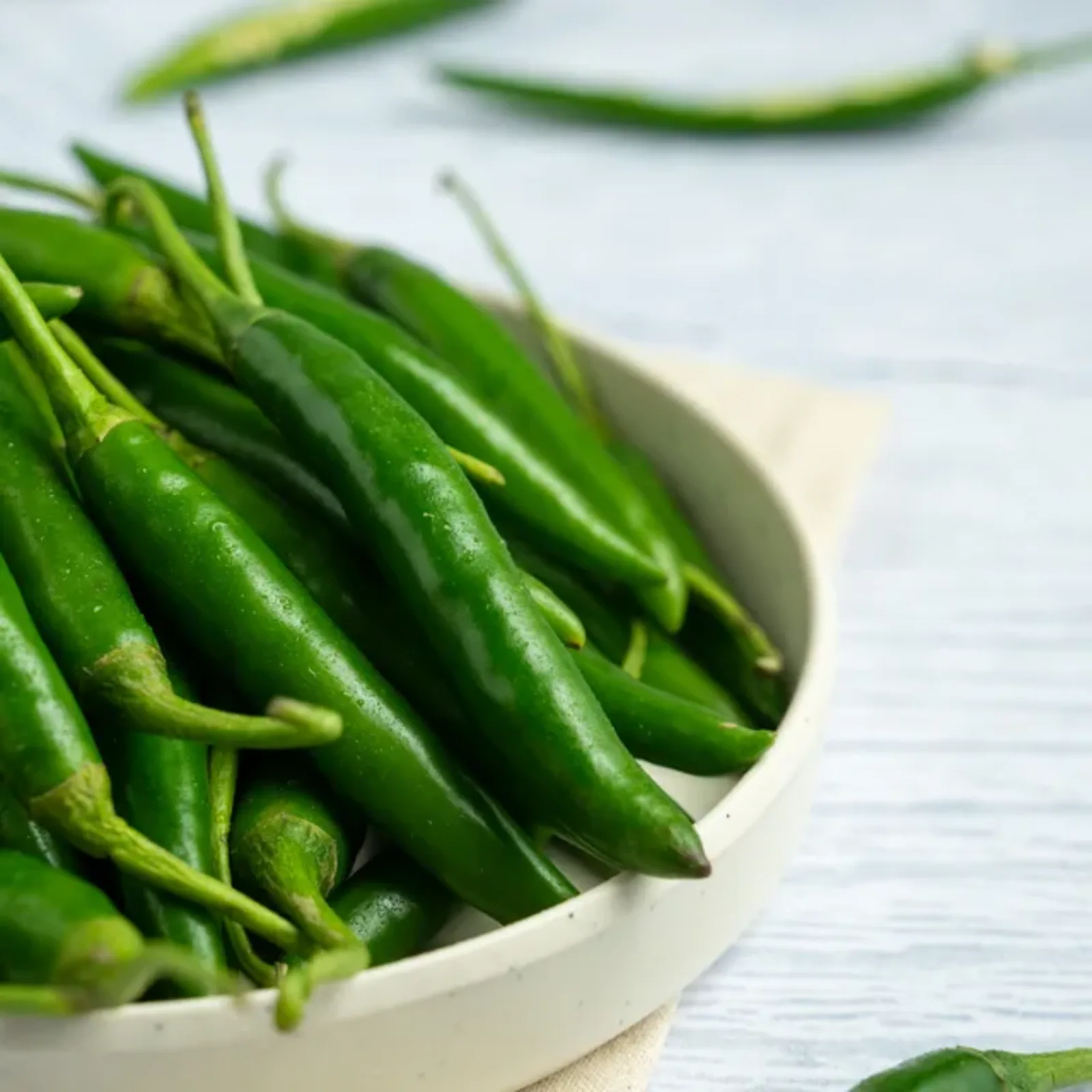




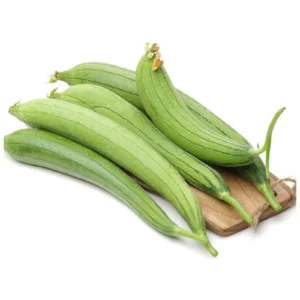






Reviews
There are no reviews yet